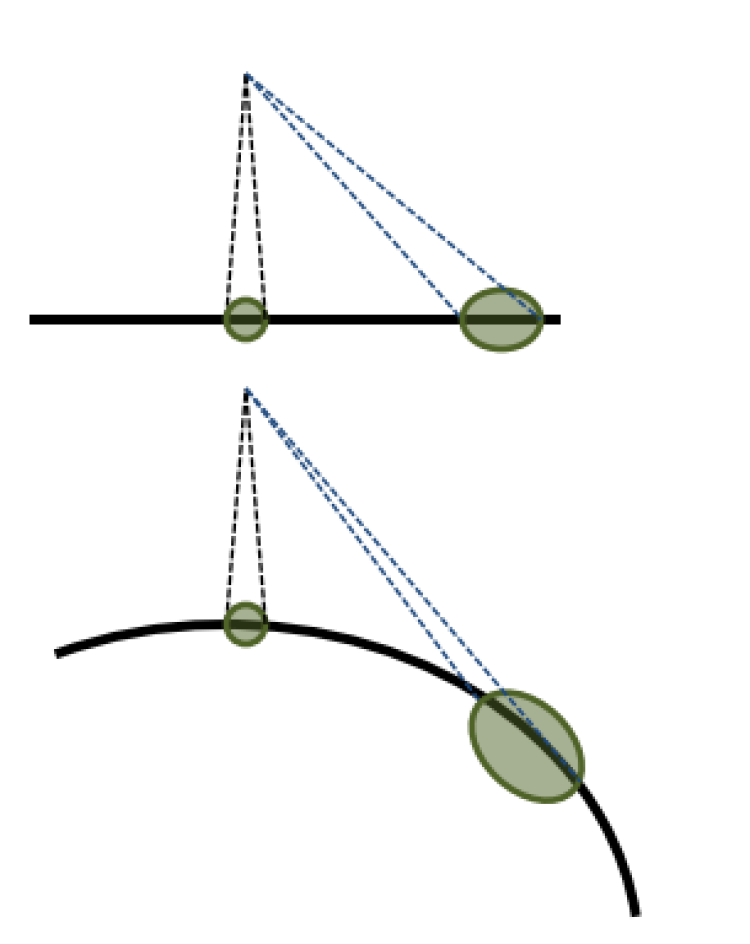What is the VIIRS 375 m Active Fire Product?
The Visible Infrared Imaging Radiometer Suite (VIIRS) 375 m thermal anomalies/active fire product provides data from the VIIRS sensor aboard the joint NASA/NOAA Suomi National Polar-orbiting Partnership (Suomi NPP) and NOAA-20 satellites. The 375 m data complements Moderate Resolution Imaging Spectroradiometer (MODIS) fire detection. The MODIS and VIIRS products both show good agreement in hotspot detection, but the improved spatial resolution of the VIIRS 375 m data product provides a greater response over fires of relatively small areas and provides improved mapping of large fire perimeters. The 375 m data product also has improved nighttime performance. Consequently, these data are well suited for use in support of fire management (e.g., near real-time alert systems), as well as other science applications requiring improved fire mapping fidelity.
Recommended reading: VIIRS 375 m Active Fire Algorithm User Guide version 1.2 (updated June 2025), VNP14IMGTDL_NRT (Suomi NPP), VJ114IMGTDL_NRT (NOAA-20), and VJ214IMGTDL_NRT (NOAA-21)
View the data in the FIRMS Global Fire Map or FIRMS US/Canada
Download the data in geographic information system (GIS) formats through LANCE.

